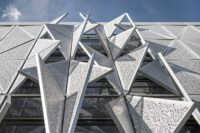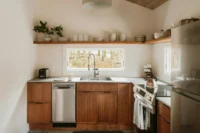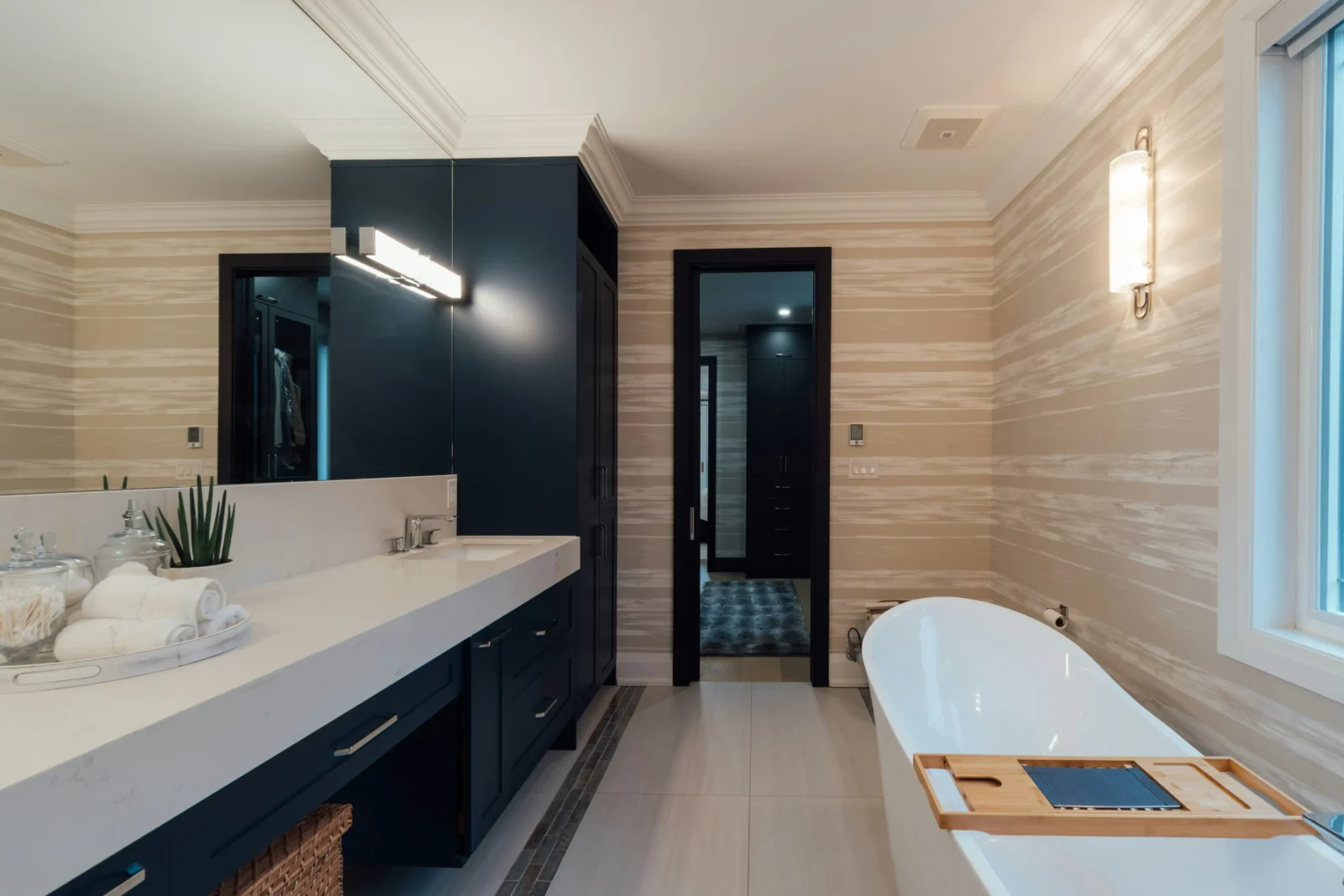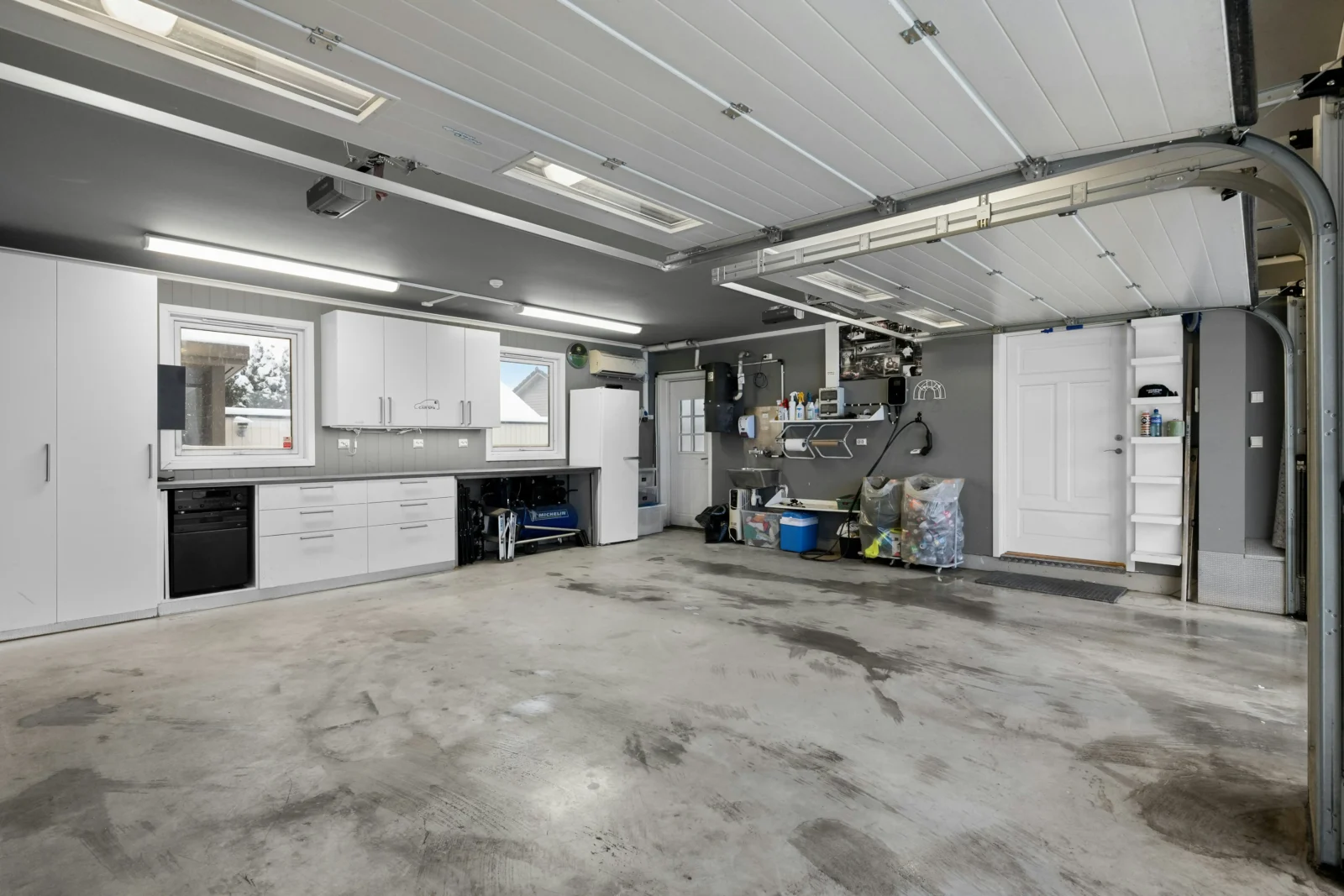- Home
- Articles
- Architectural Portfolio
- Architectral Presentation
- Inspirational Stories
- Architecture News
- Visualization
- BIM Industry
- Facade Design
- Parametric Design
- Career
- Landscape Architecture
- Construction
- Artificial Intelligence
- Sketching
- Design Softwares
- Diagrams
- Writing
- Architectural Tips
- Sustainability
- Courses
- Concept
- Technology
- History & Heritage
- Future of Architecture
- Guides & How-To
- Art & Culture
- Projects
- Interior Design
- Competitions
- Jobs
- Store
- Tools
- More
- Home
- Articles
- Architectural Portfolio
- Architectral Presentation
- Inspirational Stories
- Architecture News
- Visualization
- BIM Industry
- Facade Design
- Parametric Design
- Career
- Landscape Architecture
- Construction
- Artificial Intelligence
- Sketching
- Design Softwares
- Diagrams
- Writing
- Architectural Tips
- Sustainability
- Courses
- Concept
- Technology
- History & Heritage
- Future of Architecture
- Guides & How-To
- Art & Culture
- Projects
- Interior Design
- Competitions
- Jobs
- Store
- Tools
- More
How Advanced Visualizations Revolutionize Digital Infrastructure

Remember when 3D video game graphics looked like pixelated Lego blocks? Yeah, we’ve come a long way. Today, cutting-edge visualization technologies such as 3D modeling, virtual reality (VR), and augmented reality (AR) have become integral in architectural planning.
These technologies allow us to see what a building will look like, walk through it virtually, change it, and even test how it would stand up to a simulated earthquake. If a building has structural foundation faults that cause it to collapse in a simulation, wouldn’t that save countless lives?
It’s not too farfetched to say that modern visualization techniques are transforming architectural planning by handing architects crystal ball-like powers that allow them to predict how a structure will behave under various circumstances.
Do you want to know what the sunlight streaming through the windows at 3 p.m. in July will look like? You can use visualization tools. Wondering how a building’s airflow will influence energy efficiency? Easy: simulate it!
And modern visualization techniques don’t stop there in architectural planning.
Table of Contents
ToggleThe Role of Advanced Visualizations in Digital Infrastructure
The unsung hero of modern cities is digital infrastructure. It’s the unseen network of smart buildings, connected transportation systems, and IoT devices that make sure everything works. Even though creating this infrastructure is no easy task, advanced visualizations can help.
Using technologies like 3D modeling and AR, planners can generate fluid, interactive models of digital infrastructure.

For example, when a city planner wants to know how a new smart building will fit into the city’s energy grid or to find optimal placements of sensors in a transportation network, they can use visualization to check it. These visualizations enable us to create systems that work well and can withstand the test of time.
Enhancing Decision-Making with Data-Driven Insights
Let’s be honest with ourselves: Data is boring. Spreadsheets, numbers, and charts can make our eyes glaze over faster than a donut in the break room. But what if the data could come alive? That’s where advanced visualizations shine best.
Advanced visualizations take the raw, snooze-inducing data and render it into something you can actually do something with, like a heat map showing where your building is leaking energy or a simulation predicting how traffic will flow near your new development. This isn’t about gilding the data; it’s about making it actionable.
When visualizing data, architects and planners can identify issues before they become disasters, optimize designs for sustainable buildings, and make better, painless, and cost-saving decisions. It’s basically like a GPS for your project; rather than rerouting you away from traffic, it reroutes you away from expensive mistakes.
Streamline Collaboration with B2B Integration
If you’ve ever been in charge of a group project, you know how messy things can become. Now imagine the stakes when the project is a high-rise, multi-million-dollar piece of architecture with dozens of stakeholders. Yikes. That is where B2B integration comes to the rescue.
B2B integration links disparate systems and platforms so all parties at play work from the same playbook, whether it’s architects and engineers, contractors, or clients. It is like a group chat, only better.
For instance, b2b integration resources make it possible to connect design software with project management tools. This integration makes it easy to share updates, track progress, and ensure everyone is in the loop. A well-implemented integration is a great way to wave goodbye to endless email threads or version control hell and say yes to a smooth, effortless collaboration.
Real-World Applications and Success Stories
Still not convinced? Let’s take a look at some examples from the real world.
Take the example of the One World Trade Center in New York City. 3D modeling and VR helped architects discover potential problems at the design stage. This allowed them to fix these issues before any physical work ever commenced.
Another example is the redevelopment of London’s King’s Cross Station with AR, which they used to visualize how the new design would enliven the old building. These projects illustrate how cutting-edge visualizations facilitate and help bring audacious ideas to life.
The Future of Visualization in Architecture
Think about AI-driven design tools that could render full building plans within minutes or real-time collaboration platforms that allow teams to work together from anywhere in the world. The future of architecture is bright, thanks to the advanced visualization technologies pioneering it.
Wrapping Up
Using advanced visualizations, we can now create digital infrastructures much quicker, more intelligently, and collaboratively to pave the way for the cities of the future. Thanks to b2b integration resources, the process is now easier than ever.
So, whether you’re an architect, engineer, or just an average Joe who appreciates a nice piece of architecture, one thing’s for sure: the future of design is here, and it’s incredible.
illustrarch is your daily dose of architecture. Leading community designed for all lovers of illustration and #drawing.
Submit your architectural projects
Follow these steps for submission your project. Submission FormLatest Posts
Top Modern and Stylish Bathroom Architectures In 2026
Bathroom design, much like other aspects of interior design, is always changing...
Exterior Enhancements That Turn Every Entrance Into A Showcase
The front of a home sets expectations before anyone touches the handle....
Are Organic Bamboo Sheets Worth the Investment?
When it comes to getting a good night’s sleep, the quality of...
Converting Garages to Living Spaces: Structural Changes That Require Professional Engineering
When considering a garage conversion to extend your home’s living space, understanding...












Leave a comment